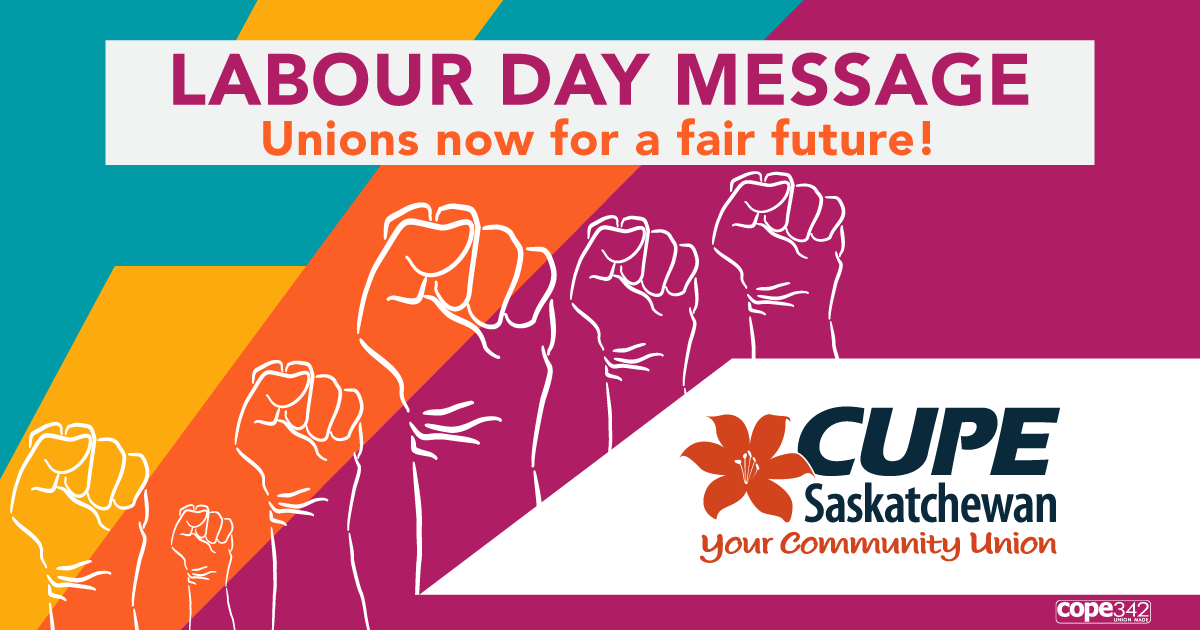On Labour Day, we are reminded of what workers’ unions can achieve when we mobilize and take action. Labour day began and continues as a demonstration of workers’ power joining together to secure a better, fairer future. From the right to join a union and workers’ movement to demand a shorter work day and week in the very beginnings, to health and safety standards and many more rights often taken for granted, to the many challenges we face today, workers united in solidarity will always be the driving force for justice and improving the lives of workers.
This Labour Day arrives at a time of many more recent and current strikes as workers around Canada and the world say enough is enough to massive wealth inequality, corporate greed, and government underfunding and privatizing. We must all show our solidarity with courageous workers taking action through strikes to raise the bar for everyone!
Workers through the Labour Movement have achieved hard-fought rights and struggles over many Labour Days. On this Labour Day, let’s resolve to continue building solidarity and taking collective action for justice.
As we struggle with the soaring cost-of-living and the many uncertainties and injustices around us, let’s remember that together we can build a better, greener future.
Unions now for a fair future!
On behalf of the Executive Board and staff of CUPE Saskatchewan, we wish everyone a happy Labour Day.
Join a community picnic and BBQ hosted by Saskatchewan’s unions on Monday, September 4, 2023. Click here for a full list of events.
/ N.M. cope342
HISTORY OF LABOUR DAY IN CANADA
The origins of Labour Day in Canada go back to 1872 when the printer’s union, the Toronto Typographical Union, took a brave stand for a shorter work week and went on strike. George Brown, a politician and owner of the Toronto Globe – now the Globe and Mail, had some of his striking employees (members of the strike committee) charged under laws criminalizing union activity. Canada’s first Prime Minister, Sir John A. Macdonald, promised in response to repeal the anti-union laws and the Trade Union Act was passed months later legally recognizing unions.
Demonstrations continued in support of the workers including on September 3rd of that year, and these demonstrations in support of the newspaper printer workers carried over into an annual celebration of workers’ rights in Canada.
In 1894 under growing pressure, the federal government passed a law officially recognizing Labour Day as a national holiday. Labour Day was only the second official holiday observed in a calendar year when declared a holiday, representing its significance.
/n.m. cope 342

